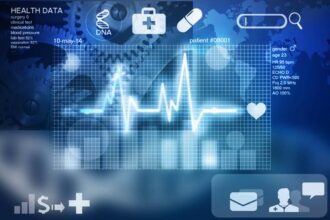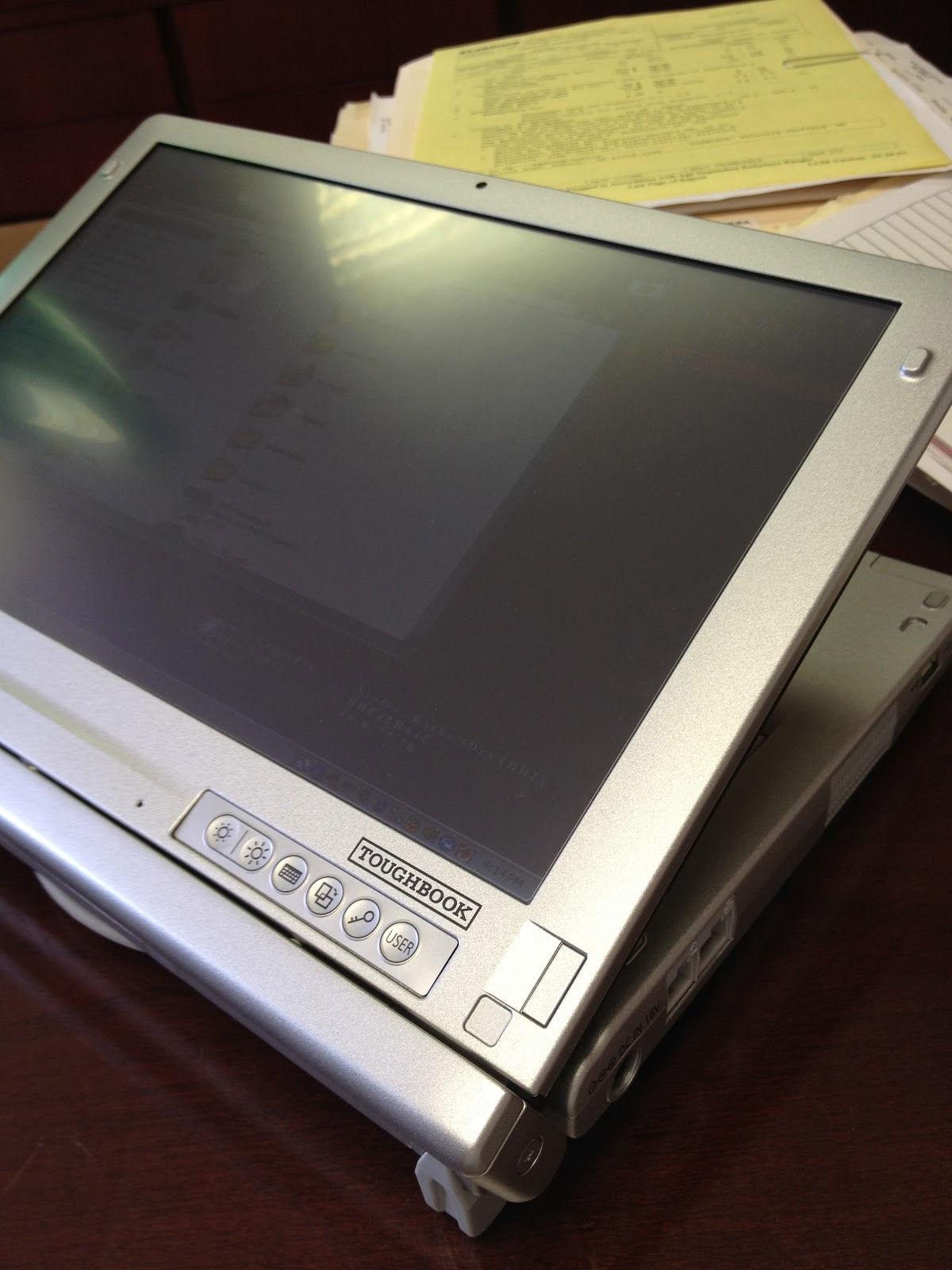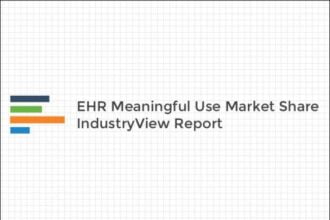Amazingly my patients have had a very patient response to the introduction of EHR (Electronic Health Records) to our office. They sit and watch me type and curse with an air of amusement and calm. More calm than I am feeling.
Amazingly my patients have had a very patient response to the introduction of EHR (Electronic Health Records) to our office. They sit and watch me type and curse with an air of amusement and calm. More calm than I am feeling.
Yesterday began our third week of EHR. Muscle memory has kicked in and I saw 15 patients without running too far behind. Seeing 20ish patients daily again is starting to look feasible. Someone walking into my office no longer has to look over mounds of paperwork to see me. My only concern is whether my employers will cease to understand how much work I do if they can no longer see the physical evidence of it.
On an up note, there will soon be a couch in the area where the credenza is now. Since my colleagues warn me that it will continue to take longer to finish my charts it seems reasonable to have a comfortable place to do so. The main purpose of the credenza was to support the hundreds of charts I needed access to on a daily basis. The staff is very supportive of the change as well (wonder why…).
Many patients have followed me over the 25 years I’ve been in practice. While little has been different in the exam room until now, there have been lots of other changes–two previous locations, private practice to employed doctor, hospitalists, urgent care centers, and oppressive insurance controls to name a few. For the first time in two weeks, I was able to gauge patient reactions to this new-fangled way of documenting. Prior to yesterday I was too bogged down with clicking boxes, losing screens, figuring out where to put a new symptom the patient just threw at me, finding templates and vital signs and generally being absorbed by the Allscripts system to observe my patients (and please don’t make me worry about what I may have missed in patient care over the last two weeks while I followed this steep learning curve).
Now I carry this new contraption in the room:
My younger patients hardly notice it. They would not have commented had I not explained its newness and why it was taking a little longer to enter information than usual. Older folks regarded it with expressions ranging from dismay to perplexity. Most of them commented before I did.
- “Do you like it?”
- “Do you think it will ultimately speed you up or slow you down?”
- “How hard is it?”
- “Did Baptist (my employer) force you to do that?”
- “What happens when the system goes down?” (I wonder about this one myself)










